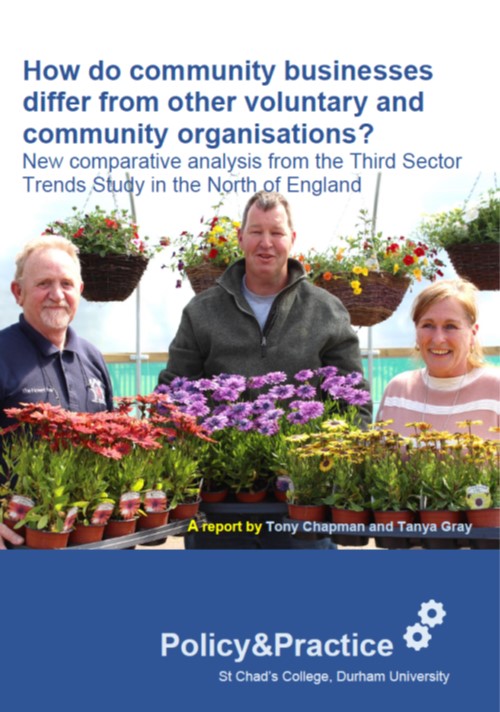 People are often confused by the complexity of civil society. For example there are so many ways of describing what is sometimes known as the ‘third sector’, ‘voluntary, community and social enterprise sector’ or ‘civil society sector’. This problem is compounded when we try to define specific types of organisations. Community business is a case in point: how are these organisations defined, and how do they differ from others such as social enterprises or community or voluntary organisations?
People are often confused by the complexity of civil society. For example there are so many ways of describing what is sometimes known as the ‘third sector’, ‘voluntary, community and social enterprise sector’ or ‘civil society sector’. This problem is compounded when we try to define specific types of organisations. Community business is a case in point: how are these organisations defined, and how do they differ from others such as social enterprises or community or voluntary organisations?
This new report looks at where community businesses sit within this wide range of organisational types and draws a distinction between them and other third sector organisations (TSOs) which engage in trading or those which have no reliance on earned income. to the report helps readers to recognise what is special about community businesses, how they contribute directly to their localities and what opportunities and challenges they face compared with other types of TSO.
The report presents data from the 2016 Third Sector Trends study which covers the whole of the North of England. It is a large long-running study with more than 3,500 responses of which 612 survey respondents (17% of the sample) were identified as community businesses. As a category of organisations, community businesses tend to be larger than other TSOs (60% have income over £100,000 compared with just 27% of general charities that earn some of their income). They tend to have been established more recently (47% since 2000 compared with 35% of general charities that earn income). Community businesses are more likely to work in urban areas, and particularly deprived urban areas.
Read the report: Community Business in the North of England (2018) Policy&Practice
A blog is also available from Power to Change and Policy&Practice By Suzanne Perry, Tony Chapman and Tanya Gray which can be located here

One thought on “How do community businesses compare with other voluntary and community organisations?”
Comments are closed.